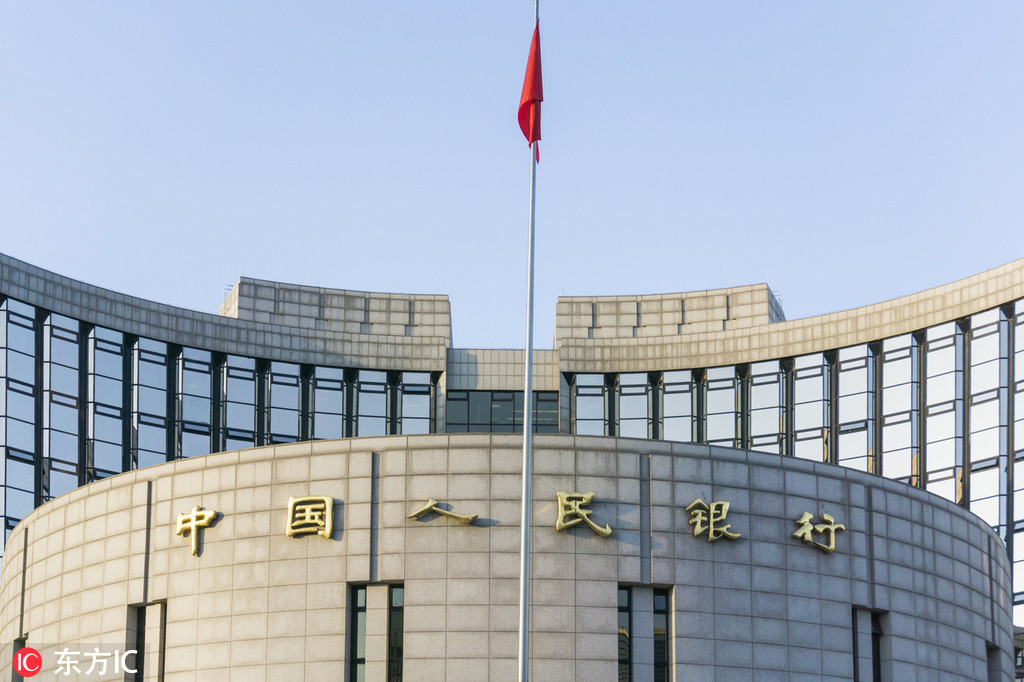PBOC vows more steps to boost market expectations


Prudent monetary policy stance to keep growth on sound footing
Chinese monetary authorities said on Tuesday that they are aware of the rising prices and vowed to maintain a "prudent" monetary policy stance so as to keep market expectations at a rational level.
The central bank has to maintain a balance between supporting economic growth and preventing fast price increases, they said. "China has no foundation of sustainable inflation or deflation, but we need to watch out for the change in expectations," said Sun Guofeng, head of the Monetary Policy Department of the People's Bank of China.
The nation will adopt reform-oriented measures to lower financing costs and at the same time enact steps to ease inflation expectations, said Sun.
The National Bureau of Statistics reported a six-year high consumer inflation on the same day, saying producer prices fell 1.2 percent from a year earlier in September, the largest drop since July 2017.
To hedge against the negative impacts on economic growth, especially from the China-US trade tensions, the PBOC has strengthened counter measures in recent months.
Financial data indicated that credit support has been increased in September, as new yuan loans rose to 1.69 trillion yuan ($238.98 billion), up from 1.21 trillion yuan in August, faster than market expectations.
The outstanding of total social financing, a gauge that measures all the capital received by the real economy from the financial sector, rose by 10.8 percent year-on-year to 219.04 trillion yuan by the end of September. The rate was up from 10.7 percent a month earlier, it said.
Ruan Jianhong, head of the central bank's statistics and analysis department, confirmed that the credit support from authorities for the real economy is increasing, especially through bank loans and bond issuances.
The central bank has reformed the interest rate regime by introducing the loan prime rate as a new benchmark on the basis of the one-year medium-term lending facility rate. The new benchmark will be further extended to more bank lending and will not only be restricted to newly issued loans, but also for outstanding ones, according to Sun.
"Domestic considerations limit the room for rate cuts (in China)," JPMorgan Chief China Economist Zhu Haibin told China Daily.
"On the one hand, funding cost is not the main constraint to domestic demand. From a financial stability perspective, excessive rate cuts not only run the risk of reigniting asset price inflation, but also compromise the incentive for key structure reform," said Zhu.
He expressed concern that a much lower interest rate will mitigate the debt service burden and hence weaken the incentive to address the soft budget constraints for State-owned enterprises and local government entities, which is key to resolving China's debt problem in the long run.
The PBOC also issued the growth rate of broad money supply, or M2, which was reported at 8.4 percent by the end of September, compared with 8.2 percent a month earlier.
The central bank revised the statistical method of total social financing since September, which included exchange-traded corporate asset-backed securities into the item of "corporate bonds", adding about 880 billion yuan into the total amount.



































